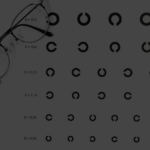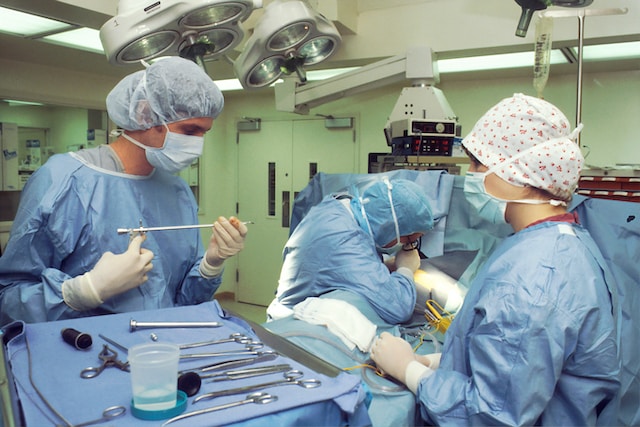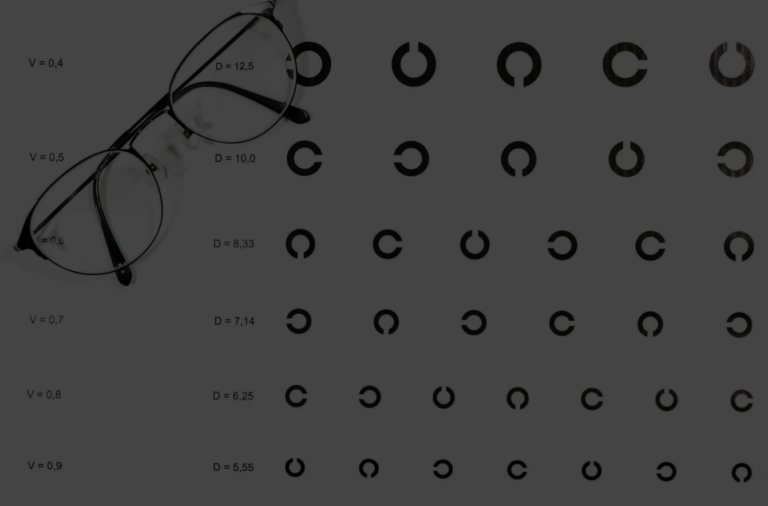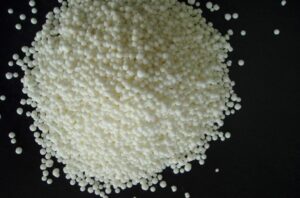Hernia surgery, like any other surgical procedure, often requires a period of recovery to ensure a successful outcome. This recovery process can vary in length and intensity depending on the type of hernia, the surgical technique used, and individual factors. While rest and limited activity are essential in the initial stages of recovery, many individuals wonder whether physical therapy or special exercises are necessary to regain strength and function. In this article, we will explore the role of physical therapy and exercises in hernia surgery recovery, when they might be beneficial, and what precautions and guidelines you should keep in mind.
Understanding Hernias and Hernia Surgery
Before delving into the specifics of recovery, it’s essential to have a basic understanding of hernias and the surgical procedures used to treat them. A hernia occurs when an organ or fatty tissue protrudes through a weakened area in the muscle or connective tissue that surrounds it. The most common types of hernias include inguinal hernias (located in the groin), umbilical hernias (around the navel), and incisional hernias (at the site of a previous surgical incision).
Hernia surgery, also known as herniorrhaphy or hernioplasty, is performed to repair the weakened or damaged muscle or tissue and push the protruding organ or tissue back into its proper place. Surgical techniques for hernia repair can vary, but most involve reinforcing the area with sutures or synthetic mesh to prevent the hernia from recurring.
Initial Recovery Period
The initial recovery period following hernia surgery is crucial for proper healing. During this time, you should focus on rest, pain management, and avoiding strenuous activities. Your surgeon will provide specific post-operative instructions, but the following are general guidelines for the initial recovery phase:
1. Rest:
Immediately after surgery, you’ll need to rest and take it easy. It’s essential to avoid lifting heavy objects, bending over, or engaging in strenuous activities.
2. Pain Management:
Pain and discomfort are common after hernia surgery. Your surgeon will prescribe pain medications to help manage this. Follow your doctor’s recommendations for pain relief.
3. Wound Care:
Proper care of the surgical incision is essential to prevent infection. Keep the incision clean and dry, and follow your surgeon’s instructions regarding dressings and wound care.
4. Diet:
Eating a balanced diet is crucial for the healing process. Ensure you’re getting adequate nutrition to support your body’s recovery.
5. Follow-Up Appointments:
Attend all scheduled follow-up appointments with your surgeon to monitor your progress and address any concerns.
During this initial phase, there is typically no need for physical therapy or special exercises. Your body needs time to heal, and pushing yourself too soon can lead to complications or a slower recovery.
When Might Physical Therapy or Special Exercises Be Necessary?
While most people can recover from hernia surgery without the need for physical therapy or special exercises, there are situations in which these interventions may be recommended or even necessary. Here are some scenarios where physical therapy and exercises might play a role in hernia surgery recovery:
1. Complex Hernia Repair:
If your hernia repair was particularly complex, involving a large hernia or multiple hernias, your surgeon may recommend physical therapy to help you regain strength and mobility in the affected area.
2. Weakness or Muscle Atrophy:
If you had a hernia for an extended period before surgery, you may have experienced muscle weakness or atrophy in the surrounding area. Physical therapy can be beneficial in these cases to help rebuild muscle strength.
3. Recurrent Hernias:
If you’ve had multiple hernia repairs and are at higher risk for recurrence, your surgeon may suggest a tailored exercise program to strengthen the abdominal muscles and reduce the risk of future hernias.
4. Inguinal Hernia Repair:
In the case of inguinal hernia repair, some individuals may benefit from specific exercises to reduce the risk of chronic pain or discomfort in the groin area.
5. Postoperative Complications:
If you experience postoperative complications, such as excessive scar tissue formation (adhesions), your surgeon may recommend physical therapy to address these issues.
6. Personalized Recommendations:
Your surgeon may recommend physical therapy or exercises based on your individual health, age, and lifestyle factors. It’s essential to discuss your specific situation with your healthcare provider.
In most cases, physical therapy or exercises are not a routine part of hernia surgery recovery but rather tailored to the individual’s unique circumstances. If you fall into one of the categories mentioned above, your surgeon or healthcare provider will guide you on the appropriate exercises and therapy required.
Types of Exercises in Hernia Surgery Recovery
If your healthcare provider recommends exercises during your hernia surgery recovery, they will typically fall into one of the following categories:
1. Breathing Exercises:
These gentle exercises focus on deep breathing to prevent complications such as pneumonia and aid circulation. They are often recommended for patients with limited mobility.
2. Core Strengthening Exercises:
These exercises target the core muscles to help support the abdominal area. They can be beneficial for individuals with inguinal hernia repairs or those looking to prevent recurrent hernias.
3. Physical Therapy:
Physical therapy sessions may involve a range of exercises and techniques tailored to your specific needs. A physical therapist will guide you through these exercises and monitor your progress.
4. Mobility and Flexibility Exercises:
If you’ve experienced muscle atrophy or stiffness due to the hernia, mobility and flexibility exercises can help you regain range of motion and muscle function.
The choice of exercises will depend on your condition, the type of surgery you had, and your surgeon’s recommendations. It’s essential to follow these exercises diligently and under the guidance of a healthcare professional to ensure your safety and maximize their effectiveness.
Precautions and Guidelines for Exercise
If you’re considering or have been recommended to engage in exercises during your hernia surgery recovery, it’s important to keep the following precautions and guidelines in mind:
1. Consult Your Healthcare Provider:
Always consult your surgeon or healthcare provider before starting any exercise program. They will provide you with specific instructions tailored to your condition.
2. Start Slowly:
Begin with low-impact exercises and gradually increase the intensity as you progress. Avoid high-impact or strenuous activities in the early stages of recovery.
3. Listen to Your Body:
Pay close attention to how your body responds to exercise. If you experience pain, discomfort, or unusual symptoms, stop the exercise immediately and consult your healthcare provider.
4. Proper Form:
Ensure you are performing exercises with the correct form to prevent injury. A physical therapist can help you learn the proper techniques.
5. Stay Hydrated:
Proper hydration is essential for recovery. Drink an adequate amount of water before and after exercise.
6. Be Patient:
Recovery takes time, and progress may be slow. Be patient and consistent in your efforts.
7. Avoid Straining:
Avoid heavy lifting and straining of the abdominal muscles during the early recovery phase.
Conclusion
In conclusion, understanding the nuances of gastrointestinal stromal tumours (GISTs) is crucial for effective diagnosis and treatment. GISTs are rare, yet their impact can be significant. Knowledge about the latest advancements in GIST research, such as targeted therapies and surgical techniques, is essential for healthcare professionals and patients alike. By staying informed and seeking timely medical intervention, individuals diagnosed with GISTs can enhance their prognosis and quality of life. With ongoing research and medical advancements, the future holds promise for improved outcomes in the management of gastrointestinal stromal tumours.








